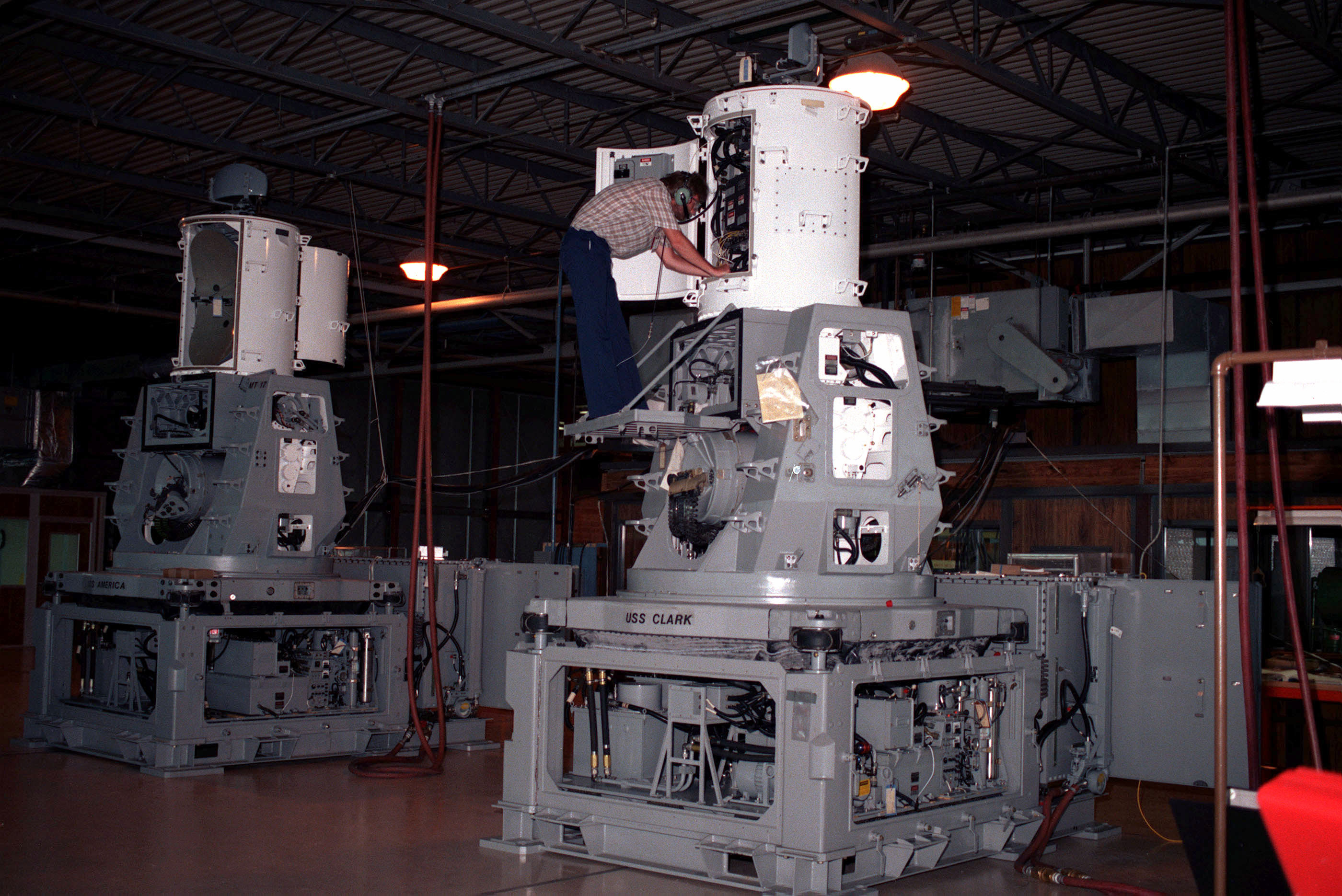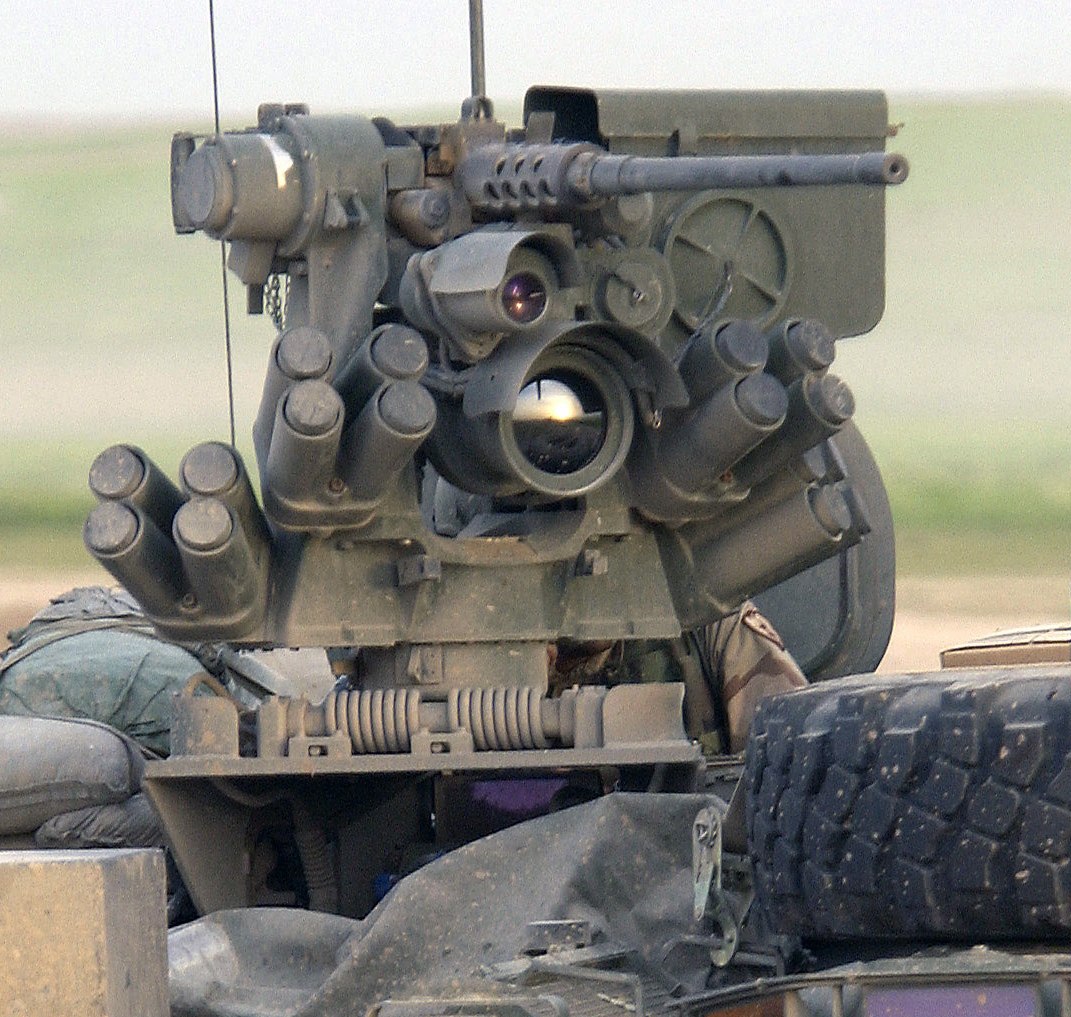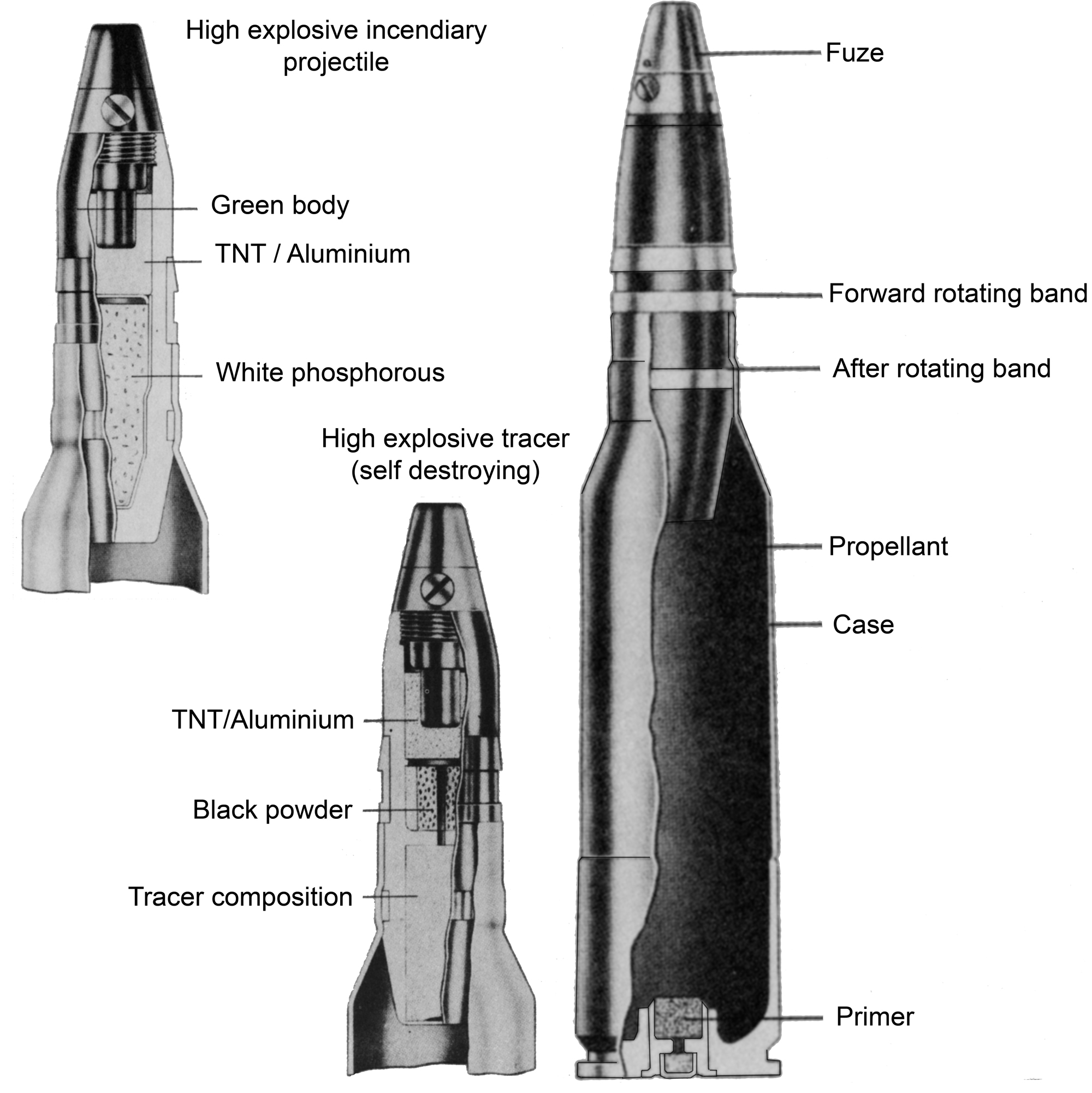|
HMAS Brisbane (DDG 41)
HMAS ''Brisbane'' (DDG 41), named after the city of Brisbane, Queensland, is the second ship of the Hobart-class destroyer, ''Hobart''-class air warfare destroyers used by the Royal Australian Navy (RAN). Construction The ship was built at ASC Pty Ltd, ASC's shipyard in Osborne, South Australia from modules fabricated by ASC, BAE Systems Australia in Victoria, and Forgacs Group in New South Wales. She was laid down on 3 February 2014 and launched on 15 December 2016. ''Brisbane'' began sea trials in November 2017. She was handed over to the RAN on 27 July 2018. Operational service ''Brisbane'' was commissioned on 27 October 2018. The destroyer completed its weapons trials in March 2019. On 6 April 2019 ''Brisbane''s crew conducted a Freedom of the City, Freedom of Entry parade through the Brisbane central business district. In September 2019 the ship was deployed to the United States to use US Navy ranges off southern California for combat systems testing. In October 2021, ... [...More Info...] [...Related Items...] OR: [Wikipedia] [Google] [Baidu] |
Brisbane
Brisbane ( ; ) is the List of Australian capital cities, capital and largest city of the States and territories of Australia, state of Queensland and the list of cities in Australia by population, third-most populous city in Australia, with a population of approximately 2.8 million. Brisbane lies at the centre of South East Queensland, an urban agglomeration with a population of over 4 million. The Brisbane central business district, central business district is situated within a peninsula of the Brisbane River about from its mouth at Moreton Bay. Brisbane's metropolitan area sprawls over the hilly floodplain of the Brisbane River Valley between Moreton Bay and the Taylor Range, Taylor and D'Aguilar Range, D'Aguilar mountain ranges, encompassing several local government in Australia, local government areas, most centrally the City of Brisbane. The demonym of Brisbane is ''Brisbanite''. The Moreton Bay penal settlement was founded in 1824 at Redcliffe, Queensland, Redcliff ... [...More Info...] [...Related Items...] OR: [Wikipedia] [Google] [Baidu] |
Nulka
Nulka is an Australian-designed and developed active missile decoy built by an American/Australian collaboration. Used aboard warships of the United States Navy, Royal Australian Navy, United States Coast Guard and Royal Canadian Navy, Nulka is a rocket-propelled, disposable, offboard, active decoy designed to lure anti-ship missiles away from their targets. It has a unique design in that it hovers in mid-air while drawing the incoming anti-ship missile. The hovering rocket concept was initiated in Australia by the Defence Science and Technology Group (DSTG), and the system was designed, developed and then manufactured by AWA Defence Industries) (now BAE Systems Australia). BAE refers to Nulka as a " soft-kill defence system". The word "Nulka" is of Australian Aboriginal origin and means "be quick". The Nulka consists of the missile itself enclosed in a hermetically sealed canister. This canister is then contained in a dedicated launcher module, adjacent and used in tandem with t ... [...More Info...] [...Related Items...] OR: [Wikipedia] [Google] [Baidu] |
Phalanx CIWS
The Phalanx CIWS () is an automated gun-based close-in weapon system to defend military watercraft automatically against incoming threats such as aircraft, missiles, and small boats. It was designed and manufactured by the General Dynamics Corporation, Pomona Division,Thomas, Vincent C. ''The Almanac of Seapower 1987'' Navy League of the United States (1987) p.191 later a part of Raytheon. Consisting of a radar-guided Vulcan cannon mounted on a swiveling base, the Phalanx has been used by the United States Navy and the naval forces of 15 other countries. The U.S. Navy deploys it on every class of surface combat ship, except the and . Other users include the British Royal Navy, the Royal Australian Navy, the Royal New Zealand Navy, the Royal Canadian Navy, and the U.S. Coast Guard. A land variant, the LPWS (Land Phalanx Weapon System), part of the Counter Rocket, Artillery, and Mortar (C-RAM) system, was developed. It was deployed to counter rocket, artillery and mortar ... [...More Info...] [...Related Items...] OR: [Wikipedia] [Google] [Baidu] |
Remote Weapon Station
A remote controlled weapon station (RCWS), remotely operated weapon system (ROWS), or remote weapon system (RWS), is a remotely operated light or medium-caliber weapon system, often equipped with a fire-control system, that can be installed on a ground combat vehicle or sea- and air-based combat platform. Such equipment is used on modern military vehicles, as it allows a gunner to remain in the relative protection of the vehicle. It may be retrofitted onto existing vehicles, for example, the CROWS system is being fitted to American Humvees. Examples * ** Electro Optic Systems: Slinger ** * ** FN Herstal: deFNder Family * ** REMAX * ** Rheinmetall Canada: Fieldranger * ** UW4A ** CS/LK4 ** H/PJ17 * **X-29 **Eagle 1 ** Eagle 2 * **Hornet **Hornet Lite **Hornet S * ** Patria: PML 127 OWS * : ** DRWS-1 ** DRWS-2 ** RWS-23 * : ** FLW 100, FLW 200 and FLW 200+ * : ** BEL RCWS ** MDSL RWS ** SHARANG RWS * ** RESPATI Mk. III ** Pindad RCWS * ** ARIO-H762 ** Raad – ... [...More Info...] [...Related Items...] OR: [Wikipedia] [Google] [Baidu] |
Typhoon Weapons System
The Typhoon is a type of remote weapon station manufactured by Rafael Advanced Defense Systems of Israel, and it shares similar design principles and common technologies with Samson Remote Controlled Weapon Station (Samson RCWS), a land-based system manufactured by the same developer. Like Samson RCWS, Typhoon is also multi-configurable. The Typhoon, and its lightweight variant, Mini Typhoon, are used by the Israeli Navy, Indian Navy, Philippine Navy, Royal Australian Navy, Royal New Zealand Navy, the Republic of Singapore Navy, Sri Lankan Navy and Singapore's Police Coast Guard. Overview The first Typhoon, the Mk-23, was released in 1997. The weapon is mounted on a stabilized deck mounting which allows it to remain on target as the platform beneath it moves. The stabilizer has an accuracy of 0.25 milliradians (mrad), allowing it to keep the weapon aimed to within on a target away. The mounting does not penetrate the platform, making it relatively simple to fit the weapon to ... [...More Info...] [...Related Items...] OR: [Wikipedia] [Google] [Baidu] |
M242 Bushmaster
The M242 Bushmaster chain gun is a 25 mm caliber, 25 mm (25×137mm) single-barrel chain-driven autocannon. It is used extensively by the United States Armed Forces, U.S. military, such as in the Bradley fighting vehicle, as well as by other NATO members and some other nations in ground combat vehicles and various watercraft. Hughes Helicopters in Culver City, California, was the original designer and manufacturer. , Northrop Grumman Innovation Systems produces the gun. It is an externally-powered, chain-driven, single-barrel weapon that may be fired in semi-automatic, burst, or automatic modes. It is fed by a metallic link belt and has dual-feed capability. The term ''chain gun'' derives from the use of a roller chain that drives the bolt back and forth. The gun can destroy lightly armored vehicles and aerial targets (such as helicopters and other slow-flying aircraft). It can also apply suppression fire against exposed troops, dug-in positions, and occupied built-up areas. The ... [...More Info...] [...Related Items...] OR: [Wikipedia] [Google] [Baidu] |
25 Mm Caliber
25 mm caliber is a range of autocannon ammunition. It includes the NATO standardized Swiss 25×137mm, the Swiss 25×184mm, the Soviet 25x218mmSR, and the Chinese 25×183mmB. Usage The 25 mm round can be used for anti-materiel or anti-personnel purposes. In the anti-personnel role, a 25 mm HE rounds can kill large numbers of opposing troops either in the open or in light fortifications. In the anti-materiel role, a 25 mm weapon armed with armor-piercing rounds can disable many types of aircraft and ground vehicles, including some main battle tanks. The US military uses 25 mm weapons in their AV-8B Harrier, AC-130 gunship, M2 Bradley, LAV-25, F-35 Lightning II and as a standard ship-based munition in the Mk 38 autocannon. Types of 25 mm ammunition Several sub-types of the NATO 25 mm ammunition are available—the most common being armor-piercing, high-explosive, sabot, tracer, and practice rounds. Cartridges are usually composed of a combination of the af ... [...More Info...] [...Related Items...] OR: [Wikipedia] [Google] [Baidu] |
5-inch/54-caliber Mark 45 Gun
The 5-inch (127 mm)/54-caliber (Mk 45) lightweight gun is a U.S. naval artillery gun mount consisting of a L54 Mark 19 gun on the Mark 45 mount. It was designed and built by United Defense, a company later acquired by BAE Systems Land & Armaments, which continued manufacture. The latest 62-calibre-long version consists of a longer-barrel L62 Mark 36 gun fitted on the same Mark 45 mount. The gun is designed for use against surface warships, anti-aircraft and shore bombardment to support amphibious operations. The gun mount features an automatic loader with a capacity of 20 rounds. These can be fired under full automatic control, taking a little over a minute to exhaust those rounds at maximum fire rate. For sustained use, the gun mount would be occupied by a six-person crew (gun captain, panel operator, and four ammunition loaders) below deck to keep the gun continuously supplied with ammunition. History Development started in the 1960s as a replacement for the 5-inch (127 m ... [...More Info...] [...Related Items...] OR: [Wikipedia] [Google] [Baidu] |
MU90 Impact
The MU90 Impact is a Franco-Italian advanced lightweight anti-submarine torpedo of the third generation developed for the French Navy, French and Marina Militare, Italian navies, as well as for export. It is designed to outperform the United States-built Mark 54 Lightweight Torpedo, Mark 54 in and was developed in a special MU90 Hard Kill version for anti-torpedo defence. It is built by EuroTorp, a consortium of French and Italian companies. History The MU90 was the result of separate projects in France and Italy from the 1980s. In France, a project under the direction of Thomson-CSF, Thomson Sintra created the "''Murène''" in 1989, while in Italy Whitehead SpA, Whitehead started work on an A244-S, A244 replacement known as the A290. In 1990 the first attempts to merge the two efforts started, a process that was completed in 1993 with the formation of EuroTorp. France intended to use the new torpedo on its frigates, Atlantique 2 aircraft, Westland Lynx, Lynx helicopters and NHInd ... [...More Info...] [...Related Items...] OR: [Wikipedia] [Google] [Baidu] |
Mark 32 Surface Vessel Torpedo Tubes
Mark 32 surface vessel torpedo tubes (Mk 32 SVTT) is a torpedo launching system designed for the United States Navy. History The Mark 32 has been the standard anti-submarine torpedo launching system aboard United States Navy surface vessels since its introduction in 1960, and is in use aboard the warships of several other navies. During the FRAM Program, , and destroyers were modernized and fitted with two Mark 32 torpedo tubes on each side of their midship. The torpedo tubes' service extended to multiple other countries such as Mexico, South Korea, Taiwan, Turkey, Egypt and many more due to the fact that decommissioned American ships were bought or transferred over to them throughout the years, notably s. Japan uses the HOS-301 torpedo tubes which are redesignated version of the Mark 32. Design Most versions (referred to as modifications or mods) are triple-tube sets that can be rotated or trained to face a target. The exception is the Mod 9 sets, which only have two ... [...More Info...] [...Related Items...] OR: [Wikipedia] [Google] [Baidu] |
RGM-84 Harpoon
The Harpoon is an all-weather, Over-the-horizon radar, over-the-horizon, anti-ship missile manufactured by McDonnell Douglas (now Boeing Defense, Space & Security). The Standoff Land Attack Missile , AGM-84E Standoff Land Attack Missile (SLAM) and later AGM-84H/K SLAM-ER (Standoff Land Attack Missile – Expanded Response) are cruise missile variants. The regular Harpoon uses active radar homing and flies just above the water to evade defenses. The missile can be launched from: * Fixed-wing aircraft (AGM-84), without the solid-fuel rocket Booster (rocketry), booster * warship, Surface ships (RGM-84), fitted with a solid-fuel rocket booster that detaches when expended, to allow the missile's main turbojet to maintain flight * Submarines (UGM-84), fitted with a solid-fuel rocket booster and encapsulated in a container to enable submerged launch through a torpedo tube * Coastal defense batteries (RGM-84), from which it would be fired with a solid-fuel rocket booster Development ... [...More Info...] [...Related Items...] OR: [Wikipedia] [Google] [Baidu] |









